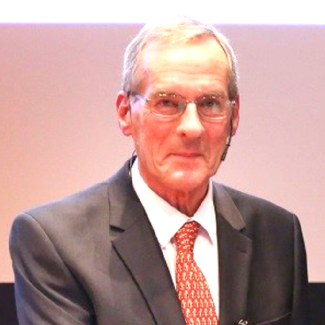Interview with Professor Emeritus Joseph Braat from the Optics Research group
In-depth interview with prof. em. Joseph Braat about his role in optical storage (lead to invention of the CD), the early stages of lithography for chips fabrication and more.
Joseph was respected for his contribution to diffraction-limited optical imaging. In this interview, he reviewed his career on the development of optical storage and lithography, as well as his transition from industry to academia.
The evolution of optical storage technology, as seen by Joseph, was a fascinating journey. The intense IP war was crucial for business success. However, it's intriguing to note that this once-important technology vanished from the mainstream market just after 40 years, and it was not replaced by another storage technology, but by the advent of internet streaming!
In Joseph's view, the unprecedented challenge for optical lithography is not just building one prototype but rather enabling the mass production of such efficient and accurate machines at an industrial scale. This requires intimate collaboration between scientists and engineers, as well as a practical and honest attitude in R&D. Like Joseph said: "The measured data will always force the adjustment of scientific models, not the other way around. This is how applied science works!"
The article can be read here.
